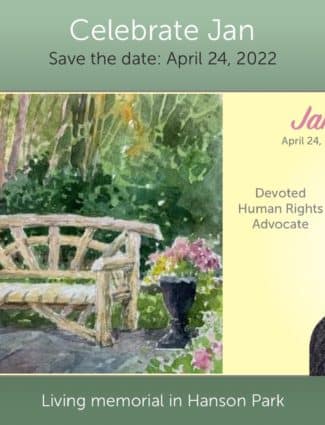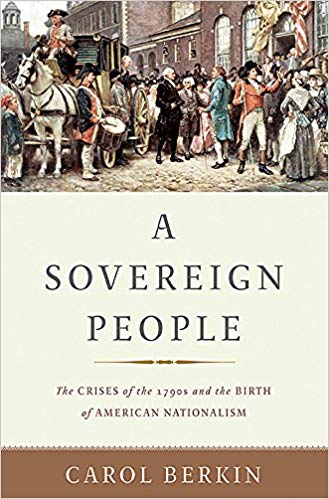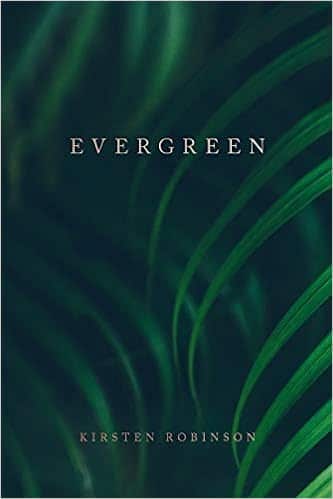
April Showers Set the Stage for Jan’s Birthday
Estimated reading time: 0 minutes, 50 secondsSince Jan turned twenty-four in 1974, I have celebrated her birthday.
As my birthday is next to the last day of March, I would always say to her on April 1st; now we can celebrate your birthday all month.
She protested that her birthday was not all that important. I always disagreed.
This year, her birthday is a chance for family and friends to come together in Hanson Park to celebrate her life as we dedicate her living memorial.
Jan’s birthday means so very much to our family this year. It began as a tree and is now so much more than that. Please join us.
When you buy a book or product using a link on this page, I receive a commission. Thank you for supporting Sharing Jan’s Love blog.









